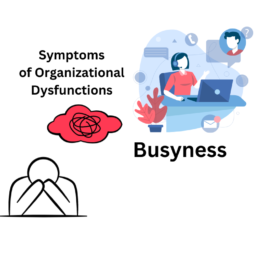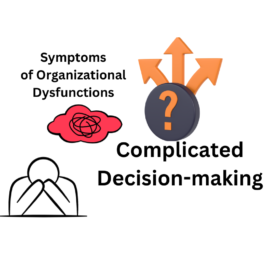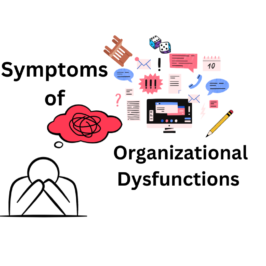Last week I met with my evaluation colleague and our client. The purpose of the meeting was to discuss next steps in our project to convert a paper-based quality improvement tool to an online format. As I mentioned in a previous blog, the tool helps organizations to evaluate their collaborative efforts. It’s divided into nine components (such as service coordination) and, to date, we’ve put two components online.
As we sat there prioritizing the tool components and deciding which ones to work on next, we balanced our desire to get the tool out there as quickly as possible with our understanding that we need to be strategic about how we promote it. One of my roles on the project is communications planning, and I’m probably the one who is the strongest proponent of a more strategic approach.
Two years ago my firm spent a year and a half providing training and technical assistance to grantees who had received state funding to communicate health related messages to their respective communities; the focus was on creating change that would make it easier for community members to make healthy choices. My colleague, Mary Karlsson, a frequent DeYoung Consulting Services subcontractor, and I traveled around the state helping grantees develop communications plans. Much of that 18 months was spent convincing skeptical grantees that they shouldn’t begin their communication planning efforts by focusing on the nitty gritty, such as how many radio spots to pay for. In other words, just because you build it, that doesn’t mean they will come. Good communications planning is strategic; it begins with the big picture. And that principle applies regardless of the intent of that communication. When you need to communicate with a given audience, think about the following:
- Goals: What do you want to accomplish at the end of a given period of time? Long-term goals are higher level goals that are closer to the program purpose and vision. Short-term goals are more limited and can be accomplished in short and intermediate time spans. Achieving your short-term goals puts you on the path to accomplishing your long-term ones.
- Objectives: What are the outcomes you want to see in a certain time period? Objectives outline your strategy for reaching your goals and identify the outcomes that you will achieve at different phases of your plan. These objectives form the basis for choosing a path of action at each step in the marketing process. Marketing objectives then form a strategy for achieving your marketing goals.
- Marketing Objectives: What you want your marketing and communications to achieve? How will marketing support your program? What kind of change it will create in the perceptions, emotions and behaviors of your target audience?
- Target Audience: This is the specific, identifiable, and reachable segment of the population whose attention, buy-in, support or advocacy you are seeking to gain. (In this case two audiences were policy makers and families with children under the age of 18.) What do they look like? How do they behave? How will you reach them? Segments of the target audience might respond differently to your message.
- Communications Strategy: This includes the reason you believe reaching a specific audience through your marketing activities will promote your marketing objectives and program goals. How will you make your decisions to use your resources so they are not scattered, so that they concentrate your efforts effectively?
- Communication Platforms: This is just one piece of the larger marketing umbrella. You can choose from a number of marketing programs, such as advertising, public relations, personal selling and relationship-building, or events and promotions. These efforts will help you achieve your identified communication strategies. No matter which platform you are using, you should be telling the same story. Repetition of the message across your platforms increases retention, memory and the likelihood that your message will have the impact you want.
- Media: These are individual communications methods available for conveying your message: print, TV, radio, internet, social media, billboards, newspaper articles, direct mail, personal communications, etc.
- Key Messages: You will need key phrases and stories that your target audience understands and relates to. They should be clear and engaging enough to cut through the clutter and noise of all the messages coming at them.
Over those 18 months, time after time those who were antsy to do some “real communications work” came to see the value of approaching their communications efforts in a more strategic way. Remember, when you build it, make sure you create a path that makes it easy for them to come.






